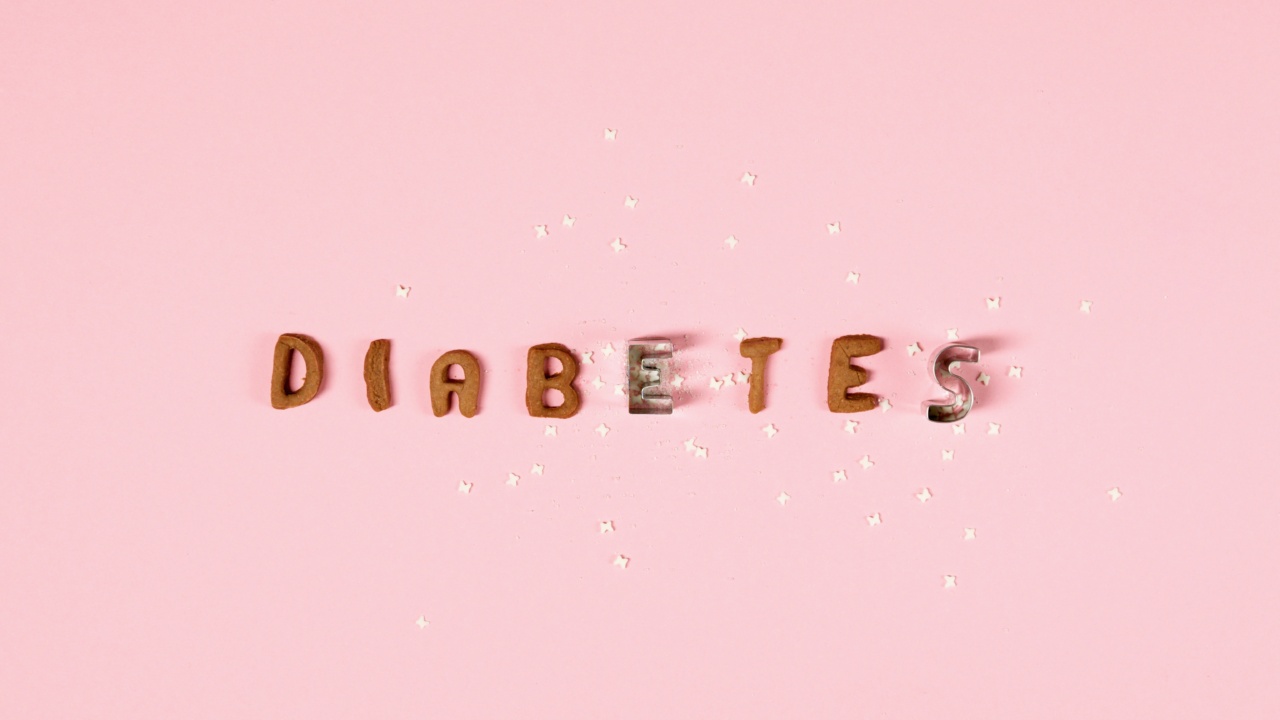Millions of people worldwide are affected by diabetes each year. Diabetes is a condition in which the body is unable to produce or properly utilize insulin, leading to high levels of sugar in the blood.
Diabetes can be categorized into two primary types – type 1 and type 2 – and each has its unique manifestation stages, symptoms and treatments.
Type 1 diabetes, also known as insulin-dependent diabetes, is an autoimmune disease that attacks the beta cells in the pancreas, destroying the cells that produce insulin.
Insulin is the hormone that regulates blood sugar, allowing it to enter the cells and provide energy. Without insulin, the sugar in the blood remains high, causing severe damage to the body’s organs over time.
The symptoms of type 1 diabetes can arise suddenly, over a period of a few days or weeks. Early diagnosis and prompt treatment are critical to manage symptoms, to avoid complications and preserve overall health.
Stage 1: Prodrome stage
Stage 1 of type 1 diabetes manifestation is the prodrome stage. This is the earliest stage, characterized by mild to moderate symptoms that can easily be attributed to other conditions.
During the prodrome stage, the beta cells of the pancreas are being slowly destroyed by the immune system, leading to a decline in insulin production.
The symptoms that develop during the prodrome stage of diabetes can include frequent urination, excessive thirst, unexplained weight loss, fatigue, blurred vision, increased appetite, and frequent infections.
These symptoms may not be very noticeable at first, and can easily be brushed off as the effects of stress or other factors.
If left untreated, the prodrome stage can progress to become full-blown type 1 diabetes, which is much more serious and difficult to manage.
However, early detection during the prodrome stage can significantly improve the chances of successful treatment and reduce the likelihood of severe complications.
Stage 2: Honeymoon stage
Stage 2 of type 1 diabetes manifestation is the honeymoon stage, also known as remission or partial remission stage. This stage is characterized by a temporary reprieve in the symptoms of diabetes, as the body still produces some insulin in low amounts.
The honeymoon stage typically occurs within a few months of diagnosis, as the immune system temporarily slows or stops its attack on the beta cells.
During the honeymoon stage, the patient may experience a significant improvement in their blood sugar levels, with fewer symptoms and fewer insulin injections. However, this stage is temporary and typically lasts only a few weeks or months.
Eventually, the immune system resumes its attack on the beta cells, leading to the third and final stage of diabetes manifestation.
Stage 3: Chronic stage
Stage 3 of type 1 diabetes manifestation is the chronic stage, also known as the end stage.
This stage is characterized by a dramatic increase in the symptoms of diabetes, as the beta cells are destroyed, leading to a complete lack of insulin production. At this stage, the patient will experience a constant need for insulin injections, along with severe symptoms such as intense thirst, frequent urination, blurred vision, and fatigue.
If left untreated, chronic stage type 1 diabetes can lead to severe complications, such as kidney failure, blindness, nerve damage, heart disease, stroke, and even death.
However, with proper treatment and management, patients with type 1 diabetes can lead normal, healthy lives and prevent the development of serious complications.
Conclusion
Diabetes is a serious condition that can significantly impact a person’s overall health and wellness. Understanding the three stages of type 1 diabetes manifestation is critical to early diagnosis, treatment, and management.
Identifying the prodrome stage symptoms and seeking medical attention promptly can significantly reduce the likelihood of severe complications and improve the patient’s overall quality of life. Remember that early detection and proper management is the key to better outcomes for patients with type 1 diabetes.































